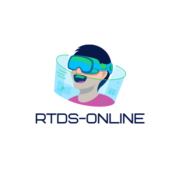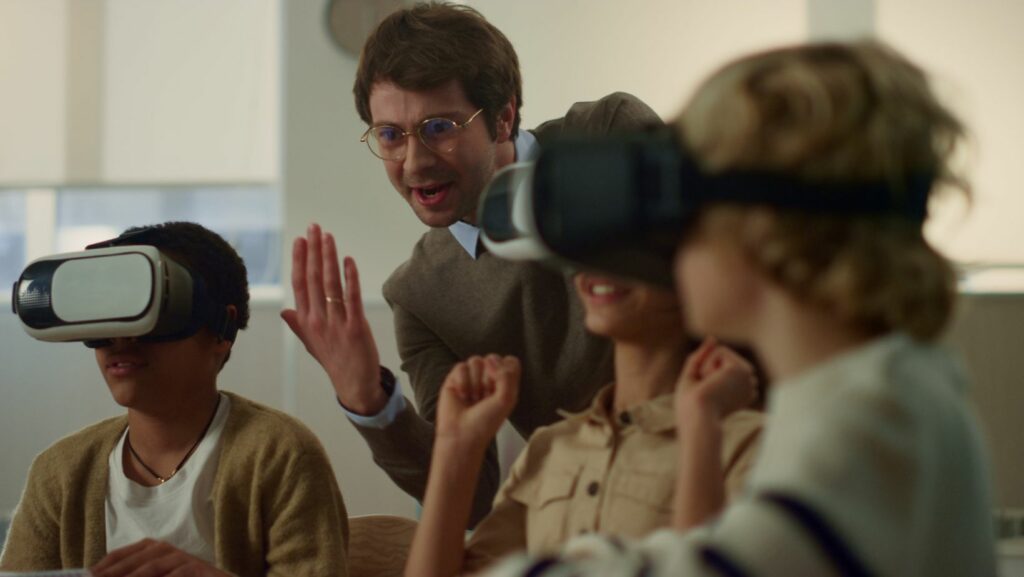Imagine stepping into the pages of a history book or diving deep into the nucleus of an atom. Virtual Reality (VR) in education isn’t just a concept of the future—it’s here, revolutionizing the way we learn.
Educational VR experiences are transforming traditional learning, offering immersive, interactive environments that captivate students’ attention and increase their understanding. They’re not just watching the lesson; they’re living it.
Educational VR Experiences
Why VR Is Transformative in Education
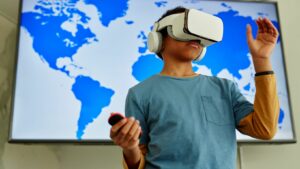 VR’s transformative role in education stems from its ability to plunge students into an unprecedented learning environment. Unlike conventional teaching methods, educational VR experiences encapsulate a level of interactivity and immersion that stimulate a student’s interest and curiosity. Deepening the understanding of complex concepts becomes plausible when learners can manipulate the object of study, a bonus point that VR capitalizes on.
VR’s transformative role in education stems from its ability to plunge students into an unprecedented learning environment. Unlike conventional teaching methods, educational VR experiences encapsulate a level of interactivity and immersion that stimulate a student’s interest and curiosity. Deepening the understanding of complex concepts becomes plausible when learners can manipulate the object of study, a bonus point that VR capitalizes on.
Key Advantages Over Traditional Learning Methods
Several key benefits underline VR’s superiority over traditional learning methods:
- Immersion: With VR, students don’t learn about things – they experience them. If they’re studying marine biology, they don’t just read about the Great Barrier Reef – they dive into it.
- Engagement: VR ensures an active learning experience, sparking more interest, leading to improved retention rates.
- Accessibility: It overcomes geographical barriers: students worldwide have access to the same educational experiences. A student in Australia, for example, can virtually explore the Smithsonian in Washington D.C.
In the modern world, the rise of educational VR experiences is more relevant than ever. Its impact extends beyond classrooms, promising to reshape learning experiences around the globe.
Top Educational VR Experiences in 2023
Ultimate VR Tools for Science Education
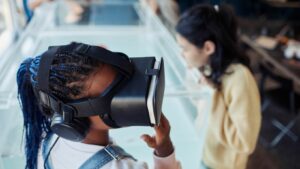 VR has immense potential in science education, making complex concepts easily understandable through visual representation. In 2023, a few cutting-edge VR tools are expected to lead this field.
VR has immense potential in science education, making complex concepts easily understandable through visual representation. In 2023, a few cutting-edge VR tools are expected to lead this field.
- LabsterVR: LabsterVR offers a comprehensive library of virtual labs. It enables students to perform intricate lab experiments virtually, safeguarding against potential lab hazards, and providing a learning advantage for students with access to fewer resources.
- BluVR: Specializes in underwater exploration. It brings marine biology lessons to life with vivid images of underwater ecosystems, promoting a deeper understanding of this intricate biological field.
- Unimersiv: With a focus on human anatomy, Unimersiv provides an immersive environment where students virtually delve into the human body, enhancing their comprehension of bodily systems and functions.
These tools act as a catalyst to elevate science learning by providing visually enriched, interactive VR experiences.
Top VR Experiences for History and Culture
VR can transport students back in time, creating an environment where they can witness historical events firsthand and gain a thorough understanding of different cultures. Some of the VR tools slated to make history and culture learning more engaging in 2023 include:
- HistoryView VR: HistoryView VR provides an opportunity to virtually visit historical landmarks, transforming learning into an immersive cultural exploration.
- Google Expeditions: While offering a multitude of VR tours across different subjects, Google Expeditions particularly stands out in its ability to virtually transport students to historically significant places and events.
- Timelooper: A unique VR application, Timelooper allows users to virtually experience key moments in history, producing a profound effect on their understanding and retention of historical knowledge.
These VR tools are geared towards providing students an immersive, comprehensive understanding of diverse world history and culture.
Implementing VR in Schools
Challenges and Solutions
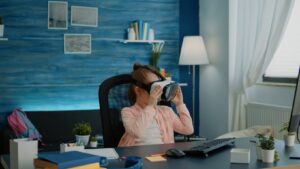 Integrating VR into daily classroom lessons isn’t an effortless walk in the park. It presents substantial challenges ranging from cost to accessibility. High-end VR headsets and equipment bring heavy financial burdens, putting them beyond the reach of most schools. Additionally, the health and safety concerns of using VR for extended periods pose a real dilemma.
Integrating VR into daily classroom lessons isn’t an effortless walk in the park. It presents substantial challenges ranging from cost to accessibility. High-end VR headsets and equipment bring heavy financial burdens, putting them beyond the reach of most schools. Additionally, the health and safety concerns of using VR for extended periods pose a real dilemma.
Case Studies of Successful Implementations
There are schools that have effectively navigated the hurdles of VR implementation, demonstrating the immense potential of this technology. Two such examples are Northwoods Middle School in South Carolina and Clayton Avenue Elementary School in New York.
Northwoods Middle School incorporated LabsterVR for science lessons, giving students access to simulated labs. Feedback indicated a substantial increase in engagement and comprehension among students, demonstrating the effectiveness of VR in enhancing learning experiences.
